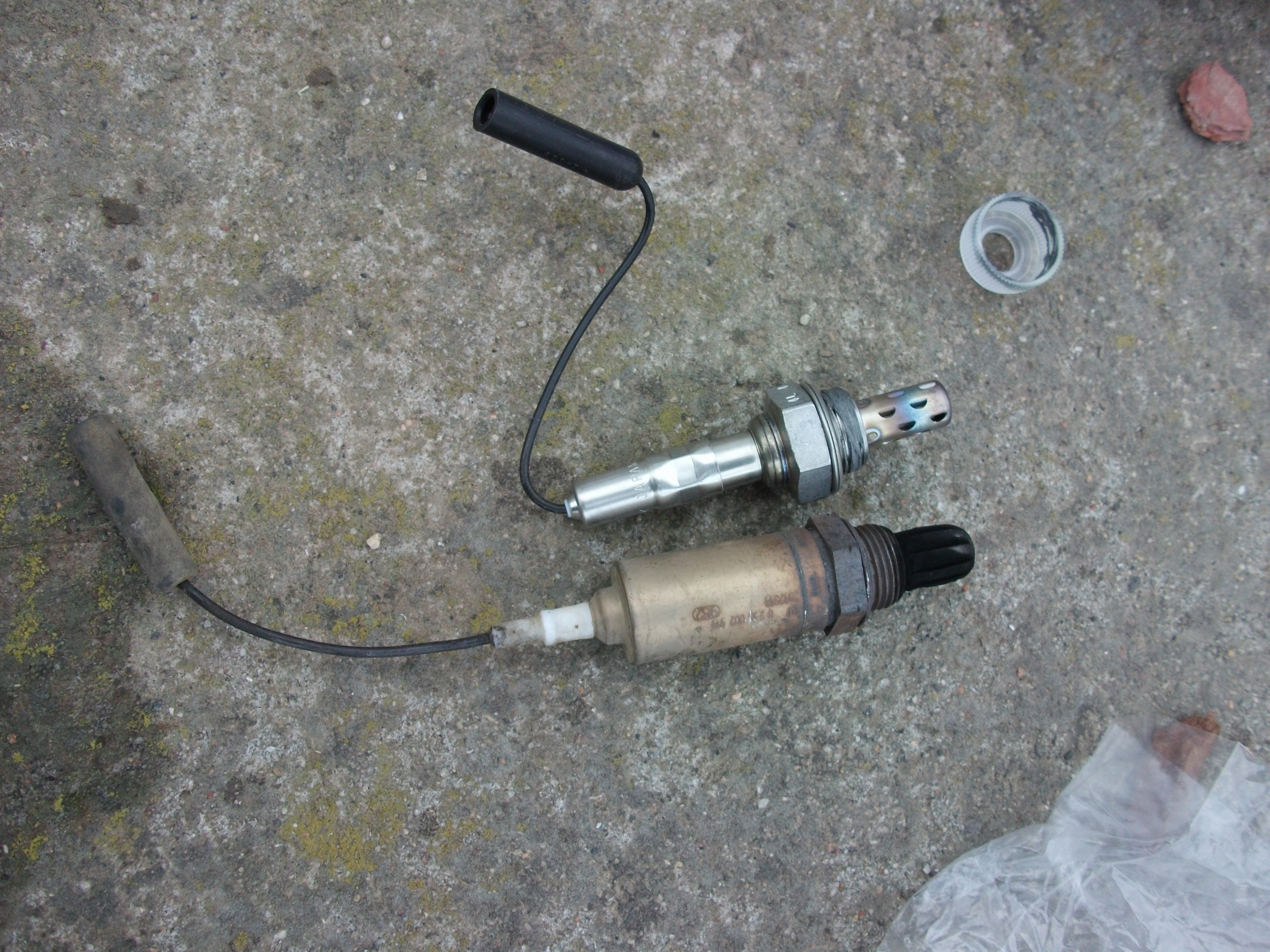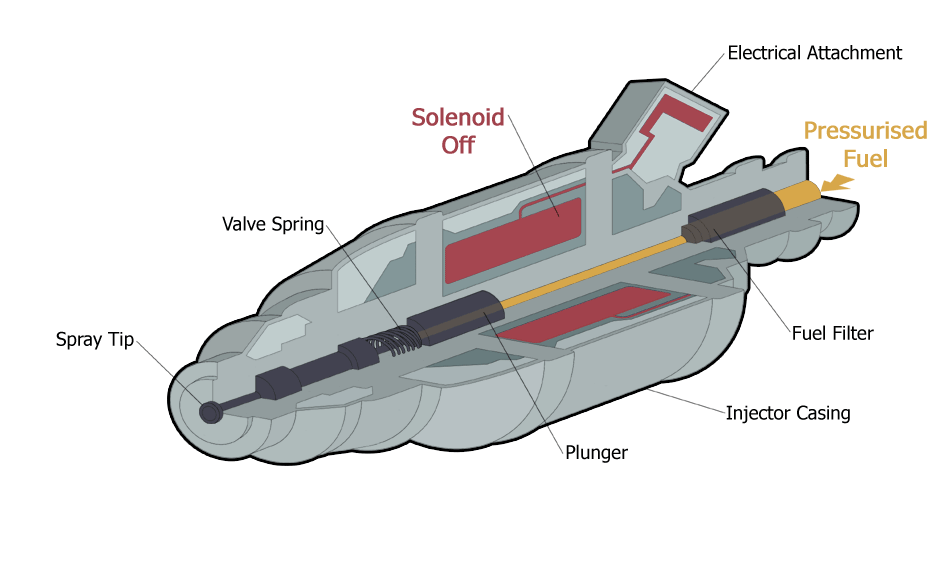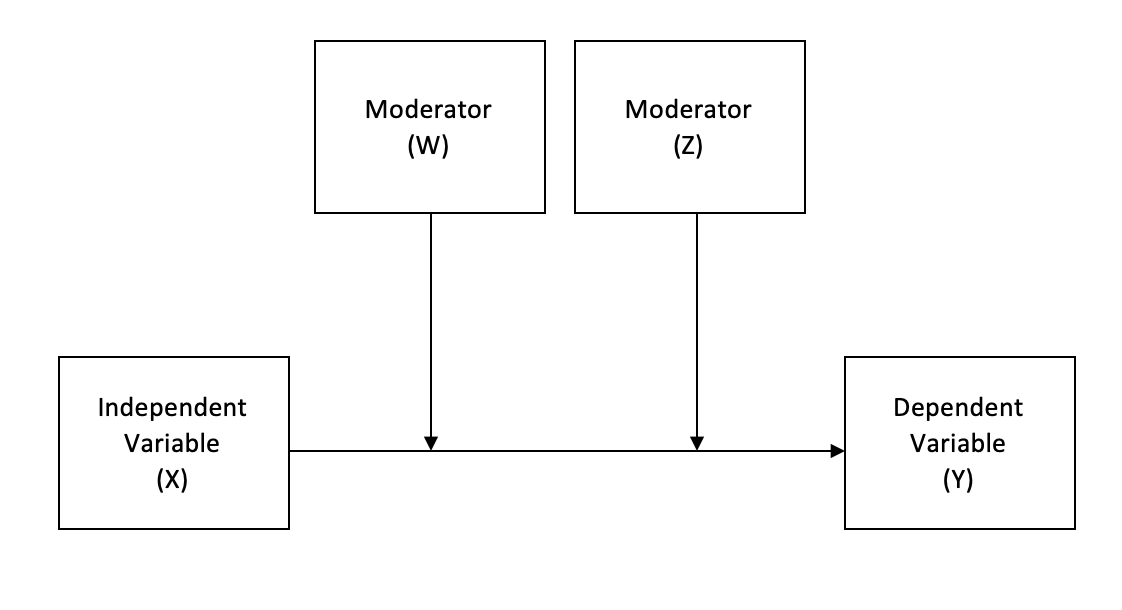
1. **Dilution of Engine Oil**: One major concern with Sea Foam is its ability to dilute your vehicle’s oil if not used correctly. Using the wrong amount can thin out your motor oil significantly, leading to severe long-term consequences. Thinned oil compromises the protective barrier it forms, which in turn increases wear and tear on crucial engine components. Therefore, it’s critical to adhere strictly to the usage instructions to prevent this issue from occurring.

2. **Impact on Fuel Economy**: Many users claim that using Sea Foam has resulted in a noticeable drop in fuel economy. A decrease in gas mileage can have a significant impact on your wallet, making you spend more at the pump. This is particularly frustrating for drivers who are already budget-conscious and looking to maximize their fuel efficiency.

3. **Risk to Oxygen Sensors**: If you’re contemplating using Sea Foam, it’s crucial to be aware that it may damage your car’s oxygen sensor. Damage often occurs when the oxygen sensor is already nearing the end of its life. If you’ve experienced issues with your O2 sensor, it’s advisable to address these problems before introducing Sea Foam into your engine.

4. **Compatibility Concerns with Fuel Injection Systems**: Some users report that Sea Foam may not be compatible with all fuel injection systems. Specifically, gasoline direct injection (GDI) engines may require a high-pressure cleaner for removing deposits from injectors and fuel lines, as suggested by some resources. However, the manufacturer of Sea Foam claims that their product is beneficial for modern GDI engines, presenting a conflicting narrative that can confuse consumers.

5. **Potential Damage to Catalytic Converters**: Using Sea Foam can lead to improper fuel amounts entering the engine, potentially causing excess gasoline to burn in the catalytic converter. This can result in damage that is often irreversible, leading to costly repairs. Given the importance of the catalytic converter in reducing emissions, it’s a risk that many drivers may want to avoid altogether.

6. **The Need for Additional Maintenance**: It’s important to understand that using Sea Foam isn’t a magic bullet for engine health; it often requires additional maintenance afterward. Car owners typically need to replace the fuel filter, spark plugs, and the oil or oil filter after treatment. Ignoring these necessary follow-up steps can lead to new complications and potentially negate any advantages gained from using Sea Foam.
7. **Misleading Claims**: The effectiveness of Sea Foam is a topic of much debate, with anecdotal evidence varying widely. While some users swear by its benefits, others dismiss it as mere ‘snake oil.’ It’s vital to approach such products with a critical eye and consider the collective experiences of fellow car owners before making a commitment to use it.
8. **Alternatives to Sea Foam**: If you’re looking for a more reliable way to maintain your engine, consider eco-friendly alternatives that might provide similar benefits without the risks associated with Sea Foam. Options such as GM or Mopar Combustion Chamber Cleaner are often recommended as they can clean more thoroughly without the drawbacks of Sea Foam.

9. **Engine Types and Usage**: Sea Foam appears to be most beneficial for older vehicles that have picked up dirt and sludge over the years. Conversely, newer engines in good shape may not experience significant benefits from its use and could even suffer adverse effects from such additives. This distinction is crucial for owners considering its application.

10. **Warranty Voidance**: Using Sea Foam could potentially void your vehicle’s warranty. Many manufacturers advise against the use of aftermarket additives like Sea Foam, and if engine issues arise, you could be left footing the repair bill. It’s a risk that many car owners might overlook, but understanding your warranty terms is crucial before using such treatments.

11. **Inconsistent Results**: The results of using Sea Foam can vary widely among different vehicles. While some car enthusiasts rave about their positive experiences, others report no noticeable difference. This inconsistency can lead to confusion and disappointment, particularly for those expecting a miracle cure for engine problems.

12. **Improper Usage Consequences**: A frequent issue with Sea Foam is that many users fail to follow the instructions accurately, leading to improper usage. Misjudging the correct amount can inadvertently cause more harm than good, emphasizing the importance of carefully reading the user manual. Ignoring these guidelines can worsen existing problems instead of resolving them.

13. **Dependency on Additives**: An over-reliance on Sea Foam or similar additives can create a mindset of dependence among vehicle owners. Instead of tackling underlying issues such as neglectful maintenance or actual mechanical faults, users might resort to these treatments as quick fixes, inadvertently postponing essential repairs that are needed to keep their vehicles running smoothly.

14. **Environmental Concerns**: Sea Foam, being a petroleum-based product, doesn’t come without its environmental concerns. The implications of using such products in relation to emissions and pollution must be considered, especially as modern vehicles increasingly emphasize eco-friendliness. Opting for greener alternatives could be more beneficial for both your car and the planet.

15. **Potential for Sludge Buildup**: Although Sea Foam is advertised as a cleaning agent, there are indications that it can actually contribute to sludge buildup in certain engines. This may happen when the additive interacts negatively with existing residues, counteracting its intended purpose. Staying aware of how your engine responds can guide your decision on whether or not to incorporate such treatments into your maintenance routine.
Related posts:
Sea Foam Can Damage Your Car — What to Know About the Motor Treatment, Explained
What does The Garage think about Seafoam?
Stop the Smoke: Cures for Burning Oil






